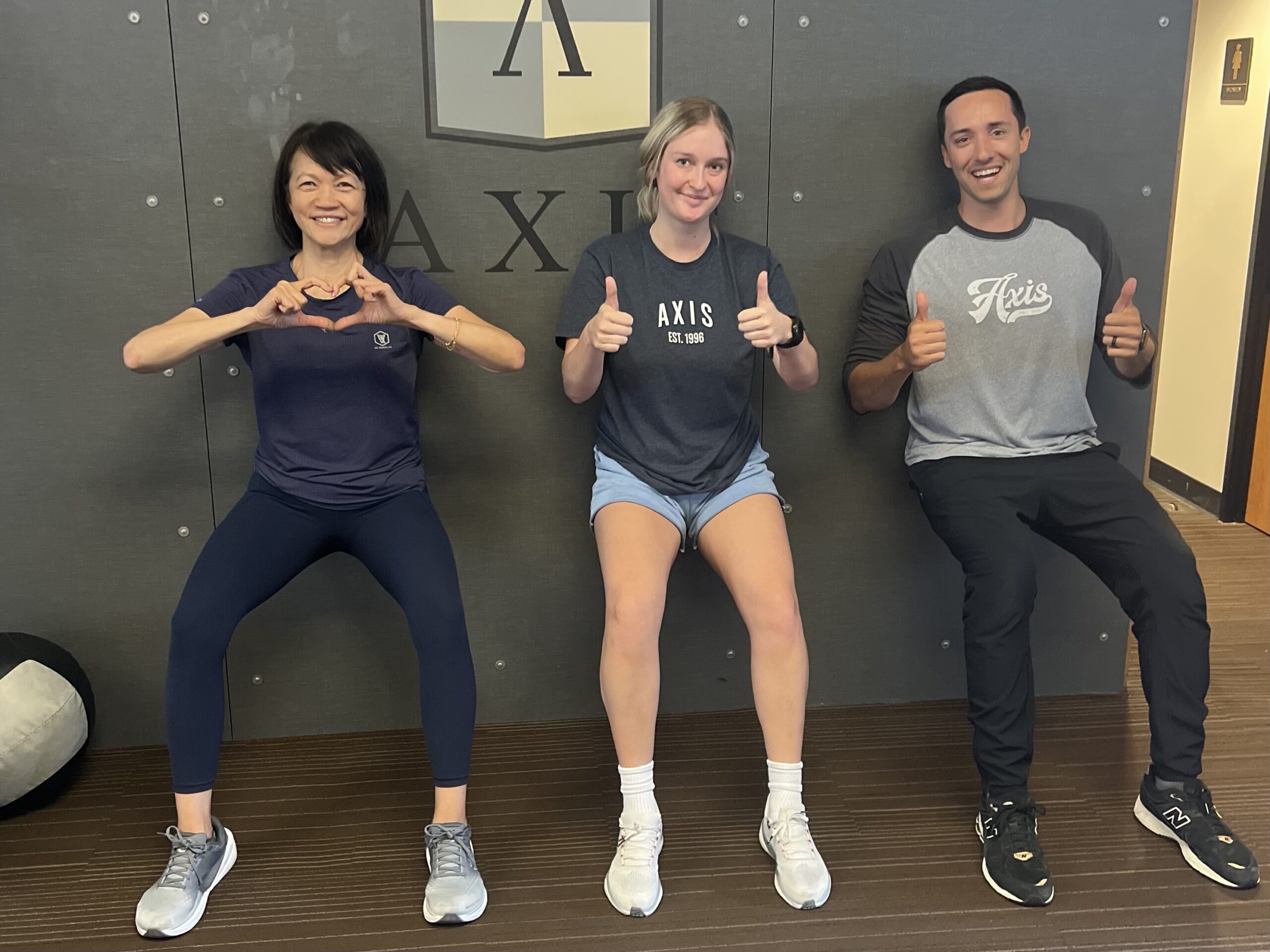Why we have changed our minds on tendon injuries
Just because we do something for years that seems to work, we must keep an open mind and not get stuck in our beliefs. Science is beautiful because it’s always expanding and changing. We must embrace new information and be open to changing our minds based on the latest research. It doesn’t necessarily mean we were wrong, it means we are constantly evolving our knowledge. Our programs and recommendations are based on the best information we have at any given time. If you are paying attention to the latest research and new information emerges, it is ok to say “I was wrong”! If you are afraid to be wrong, you will never reach your full potential.
For over 25 years we have been rehabilitating tendons with eccentric training, the lengthening phase of a movement. For example, with achilles tendon injuries we would focus on slowly lowering the heel, rather than on the concentric phase where you come up on the toes. Until recently, this has been the gold standard, a tried and tested modality. In this article we will share the latest research on this topic. This is a great reminder to us all that we must be open to new ideas because you never know when something will upend your beliefs.
For anyone who has ever experienced a sprained ankle, tennis elbow, or achilles tendinitis (or just about any tendon or ligament injury), you will find this information helpful. If you have never had an injury (please tell us your secret), these techniques are great for injury prevention which we all need.
Muscle is only as strong as the force it can produce through the connective tissue. The stiffer the tendon, for example, the more powerful the muscle will be. The eccentric training we used to do was not wrong but we didn’t understand the full story of why it was effective. It worked not because of the eccentric movement, but because of the decrease in velocity of the movement. It is now understood that decreasing the velocity even more, to zero (i.e. isometric contraction), provides an even better force throughout the whole tendon to make it stronger.
Isometrics are simply static movements where you are contracting a muscle without changing the length, such as a plank or wall sit. Adding a few isometric exercises to your workout routine will help to rehabilitate an injury, prevent future injuries and help increase the stiffness of the connective tissue to allow your muscles to provide more force. This has implications for everyone from grandma to elite athletes. Studies have shown that a 10 – 30 second hold can significantly improve the strength of a tendon. While we have always loved the wall sit to “torture” our clients 😉 we add this in more because it can help to strengthen the knees, ankles and hips. Consider adding in a few more static exercises like the wall sit, a static lunge or a plank to keep your tendons and ligaments healthy and strong.
We are constantly learning and seeking out the latest research on exercise, health and longevity. With so much information out there, some solid and a lot that is wrong, we must stay on top of our game and be open to changing our minds. Science is always evolving so if we get stuck in our ways, we will never succeed. Being forever students keeps our minds young and motivated.
Resources:
Effects of Different Loading Programs on Finger Strength in Rock Climbers | Sports Medicine – Open
Simple Exercises That Can Repair Tendons, Isometrics vs. Eccentrics, and More — Dr. Keith Baar



Leave A Comment